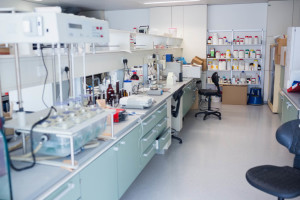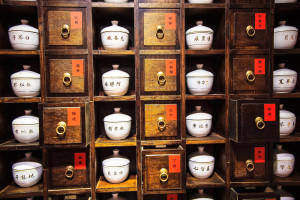Health: Western and TCM approaches
Diagnosis of an illness is not always easy because other ailments may share some of the same signs and symptoms, giving rise to confusion. Consequently, the approach traditionally adopted in the West is to send the person who is unwell through a series of tests that will assess the levels of an array of factors that are likely to change when an individual becomes ill.
In Western Medicine, there is an optimum level and acceptable range for each of these factors. Levels that are greater or lower than this ideal range suggest a health-related problem. However, it can sometimes take quite a long time before there is a sufficient amount of one or more of these factors to be detected. In the meantime, the person's condition may worsen.
In the West, if a serious condition is suspected then early referral to a consultant is recommended for treatment given in accordance with guidelines generated by  recognised clinical bodies. In such instances, the objective of treatment is to resolve the problem be it an infection or breathing problem or physical injury to minimise any damage caused by the condition and improve functioning and general well-being.
recognised clinical bodies. In such instances, the objective of treatment is to resolve the problem be it an infection or breathing problem or physical injury to minimise any damage caused by the condition and improve functioning and general well-being.
Early treatment is believed to alter disease progression by slowing it down. Sometimes treatment with a single agent is not enough and a combination of treatments may be recommended. However, a combination of agents may lead to over-treatment which most doctors try to avoid. Benefits and side-effects vary with each agent but the side-effects of some medicinal drugs mean that individuals taking them may have their blood, urine and lung function regularly checked. Surgery may also be an appropriate intervention.
The Body as the Whole
As we can see from this very brief summary, the Western approach focuses very much on localised although logical intervention. It interrupts the process that is believed to be  at work but it may do so without always considering its impact on other processes that work simultaneously, no matter how distal.
at work but it may do so without always considering its impact on other processes that work simultaneously, no matter how distal.
By contrast, the Chinese approach perceives ailments as the result of a blockage in natural energy flow around the body. The objective of TCM is to restore energy flow by renormalising the imbalance throughout the entire body not just at a local spot. This is because regulating energy flow in one area of the system in isolation from the rest of the body might create an energy imbalance elsewhere in the body. TCM enables the body`s defence mechanisms and its natural capacity to self-heal, enhancing disease resistance while re-establishing good energy flow. Establishing good energy flow in a sustained way improves health, well-being and vitality.
Health and well-being whether physical or emotional are dynamically linked through the flow of Qi. This is yet another difference from Western medicine which treats a condition in isolation of its impact on the overall energy status of the patient. What is key is that in the West, two people with the same diagnosis are quite likely to receive the same treatment. In TCM, as every body is unique with its own Qi signature, different forms of treatment are likely to be adminstered.
